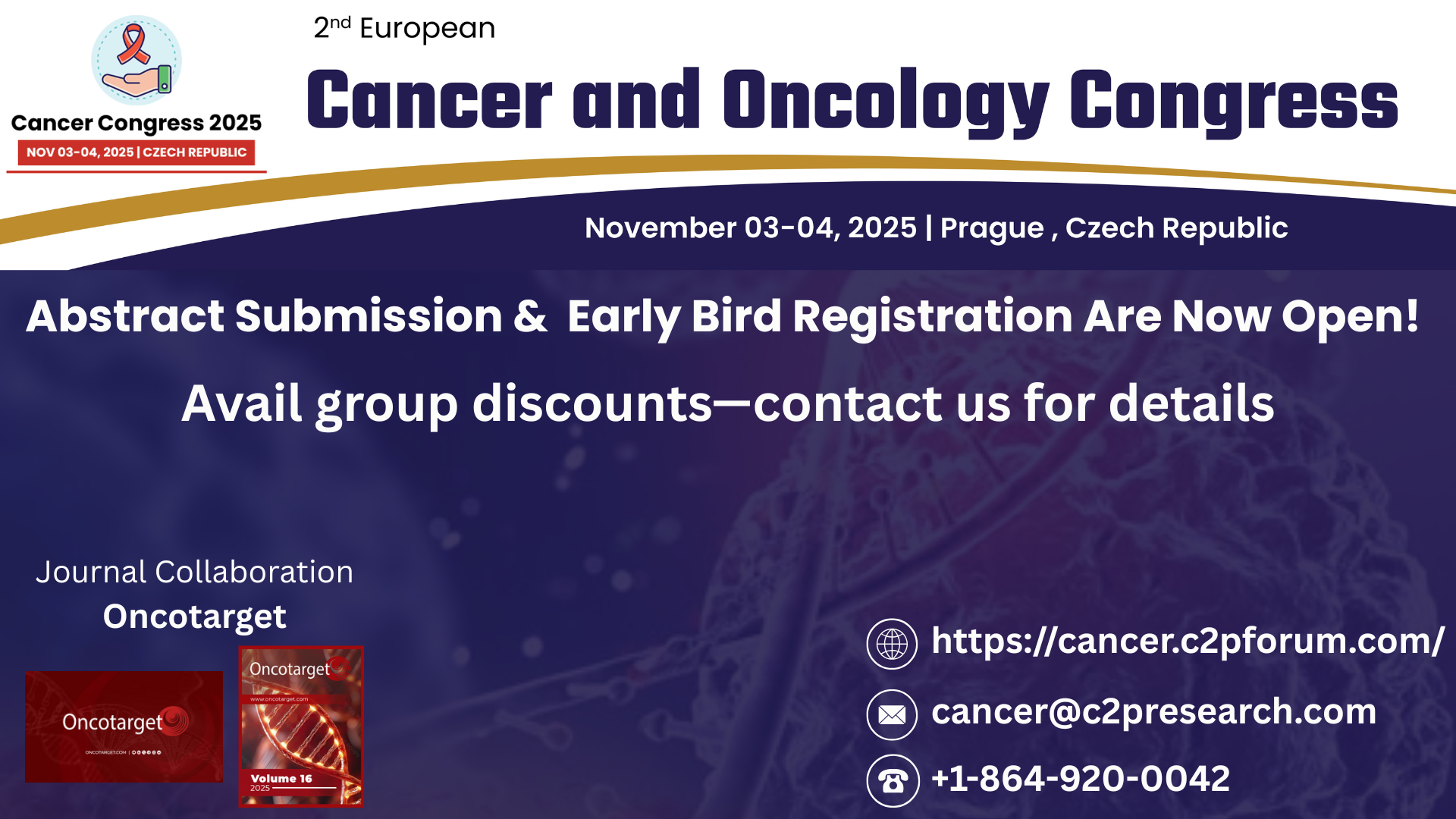Research Papers:
Mutation of Vav1 adaptor region reveals a new oncogenic activation
PDF | HTML | Supplementary Files | How to cite
Metrics: PDF 2921 views | HTML 3118 views | ?
Abstract
Lyra Razanadrakoto1,2,*, Françoise Cormier3,4,5,*, Vanessa Laurienté1,2, Elisabetta Dondi1,2, Laura Gardano1,2, Shulamit Katzav6, Lionel Guittat1,2 and Nadine Varin-Blank1,2
1 INSERM, UMR 978, Bobigny, France
2 PRES SPC, Labex Inflamex, Université Paris 13, UFR SMBH, Bobigny, France
3 INSERM, UMR 1016, Institut Cochin, Paris, France
4 CNRS, UMR 8104, Paris, France
5 PRES SPC, Université Paris Descartes, Paris, France
6 The Hebrew University/ Hadassah Medical School, Jerusalem, Israel
* These authors share co-first authorship
Correspondence:
Nadine Varin-Blank, email:
Lionel Guittat, email:
Keywords: Vav1, β-catenin, Rac GTPase, Src-homology domains, adhesion complex, tumorigenesis
Received: May 14, 2014 Accepted: October 23, 2014 Published: February 10, 2015
Abstract
Vav family members function as remarkable scaffold proteins that exhibit both GDP/GTP exchange activity for Rho/Rac GTPases and numerous protein-protein interactions via three adaptor Src-homology domains. The exchange activity is under the unique regulation by phosphorylation of tyrosine residues hidden by intra-molecular interactions. Deletion of the autoinhibitory N-terminal region results in an oncogenic protein, onco-Vav, leading to a potent activation of Rac GTPases whereas the proto-oncogene barely leads to transformation. Substitution of conserved residues of the SH2-SH3 adaptor region in onco-Vav reverses oncogenicity. While a unique substitution D797N did not affect transformation induced by onco-Vav, we demonstrate that this single substitution leads to transformation in the Vav1 proto-oncogene highlighting the pivotal role of the adaptor region. Moreover, we identified the cell junction protein β-catenin as a new Vav1 interacting partner. We show that the oncogenicity of activated Vav1 proto-oncogene is associated with a non-degradative phosphorylation of β-catenin at residues important for its functions and its redistribution along the cell membrane in fibroblasts. In addition, a similar interaction is evidenced in epithelial lung cancer cells expressing ectopically Vav1. In these cells, Vav1 is also involved in the modulation of β-catenin phosphorylation. Altogether, our data highlight that only a single mutation in the proto-oncogene Vav1 enhances tumorigenicity.
 All site content, except where otherwise noted, is licensed under a Creative Commons Attribution 4.0 License.
All site content, except where otherwise noted, is licensed under a Creative Commons Attribution 4.0 License.
PII: 2629

